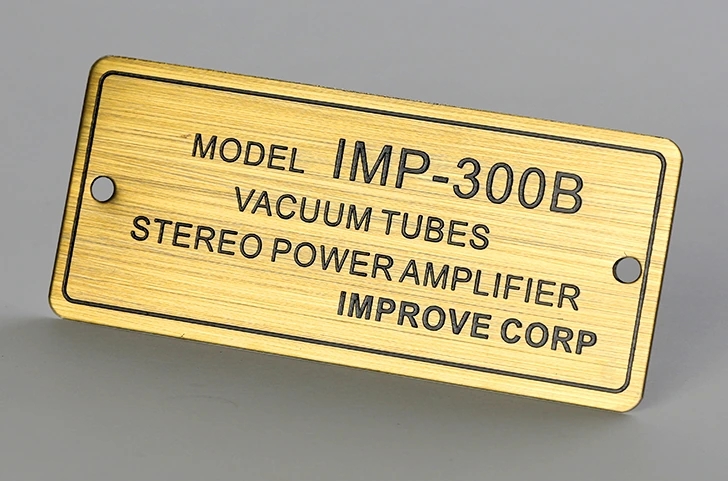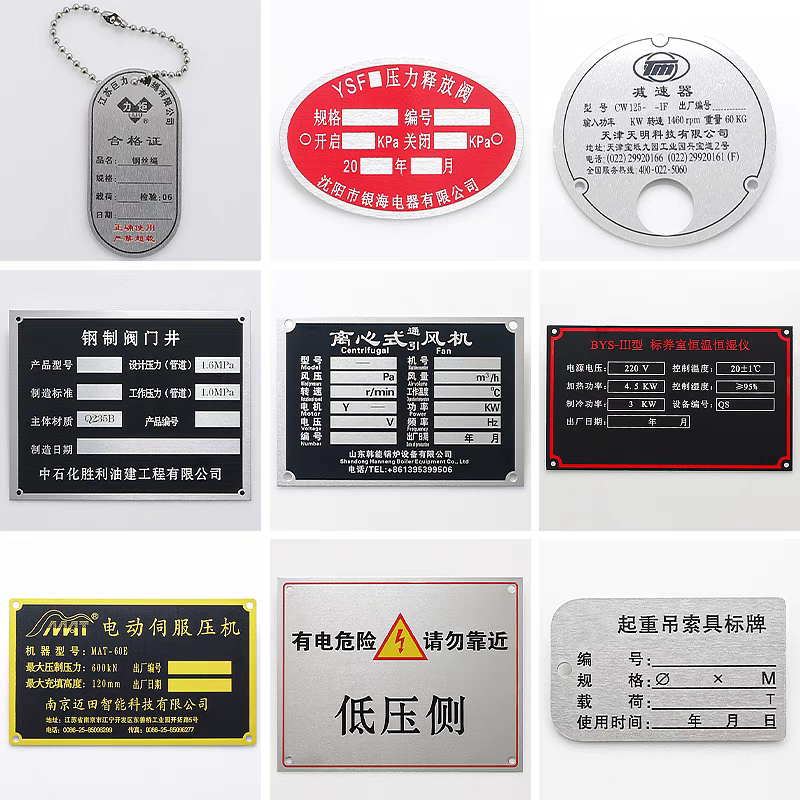Chemical identification labels are the cornerstone of laboratory safety. When employees handle substances daily, these labels ensure the right chemicals are used correctly—preventing accidents, ensuring compliance, and protecting both personnel and property. This guide explores what chemical identification labels are, why they’re indispensable, and how to implement them effectively.

What Exactly Are Chemical Identification Labels?
Chemical identification labels are standardized tags affixed to chemical containers that communicate critical hazard information. They include:
Hazard pictograms (visual symbols like flames or skulls)
Signal words (“Danger” or “Warning”)
Precautionary statements (handling instructions)
Supplier/manufacturer details
Product identifiers (chemical names, codes)
Governed by the Globally Harmonized System (GHS), these labels create a universal language for chemical hazards across 150+ countries. Without them, labs risk misinterpretation, accidents, and regulatory penalties.
Reason 1: Prevent Lab Accidents & Enhance Emergency Response
Chemical identification labels are frontline defenses against disasters:
Immediate hazard recognition: Employees instantly identify flammables, toxins, or corrosives, avoiding unsafe handling.
Spill/Exposure management: First responders use label data to deploy correct containment protocols (e.g., neutralizing acids vs. isolating combustibles).
Accident reduction: OSHA reports that 30% of lab incidents stem from unlabeled/mislabeled containers. Proper chemical identification labels mitigate this by 85%.
Example: A "Skull and Crossbones" pictogram signals acute toxicity, triggering immediate use of respirators and gloves.
Reason 2: Ensure Regulatory Compliance (OSHA, GHS, CLP)
Non-compliance risks fines up to $70,000 per violation (OSHA). Key regulations mandating chemical identification labels include:
OSHA’s Hazard Communication Standard (HCS): Requires GHS-aligned labels on all hazardous containers.
EU CLP Regulation: Enforces GHS labeling for chemicals in Europe.
WHMIS 2015 (Canada): Integrates GHS criteria.
Labs must update labels per GHS revisions (e.g., new pictograms for aerosols) and maintain:
Consistent formatting
English + local language (if needed)
Legible, durable tags
Reason 3: Reduce Human Error & Protect Product Quality
Mislabelled chemicals cause cross-contamination, failed experiments, and costly rework. Chemical identification labels prevent this by:
Eliminating guesswork: Clear identifiers prevent confusion between look-alike substances (e.g., ethanol vs. methanol).
Guiding precise usage: Precautionary statements like “Store away from oxidizers” prevent reactive accidents.
Ensuring traceability: Batch numbers and manufacturer details enable recalls if contaminants are detected.
In pharmaceuticals, this accuracy is vital. A mislabeled solvent could ruin a $500K batch of vaccines.

Reason 4: Facilitate Industry-Specific Safety
Chemical identification labels adapt to unique sector risks:
| Industry | Label Requirements |
|---|
| Labs | Concentration, date prepared, NFPA diamonds |
| Pharma | Expiry dates, barcodes, storage conditions (e.g., 2–8°C) |
| Agriculture | EPA-mandated PPE instructions, environmental hazards |
| Oil/Gas | UV-resistant labels for outdoor tanks, DOT transport diamonds
|
Reason 5: Enable Digital Integration & Future-Proofing
Smart chemical identification labels are revolutionizing safety:
QR Codes: Scan to access Safety Data Sheets (SDS), usage logs, or training videos.
RFID Tags: Track chemical locations in real-time and monitor storage conditions.
Augmented Reality (AR): Overlay handling instructions via smart glasses.
E-Labels: Replace bulky text with digital links for small containers.
These technologies reduce human error while ensuring instant access to updated hazard data.
Best Practices for Effective Chemical Identification Labels
Maximize label impact with these strategies:
Durability: Use chemical-resistant materials (polyester, vinyl).
Placement: Affix labels prominently—never obscured by handles or drips.
Training: Teach staff to decode pictograms, signal words, and statements.
Audits: Inspect labels monthly for damage/legibility.
Secondary Containers: Always label temporary vessels (beakers, squeeze bottles).
Pro Tip: Pair labels with SDS binders or digital databases for full hazard context.
Chemical identification labels are more than regulatory checkboxes; they’re lifelines. They prevent $1.2M in average lab accident costs (EPA), protect your team’s health, and uphold product integrity. By mastering GHS standards, leveraging digital tools, and enforcing rigorous labeling protocols, labs transform safety from an obligation into an advantage.
Invest in clarity today—because a single label can avert tomorrow’s disaster.






